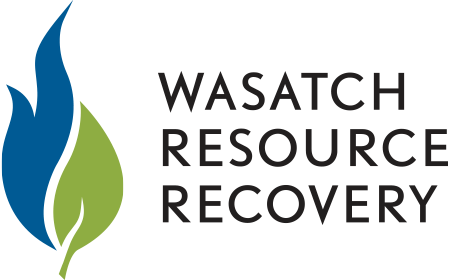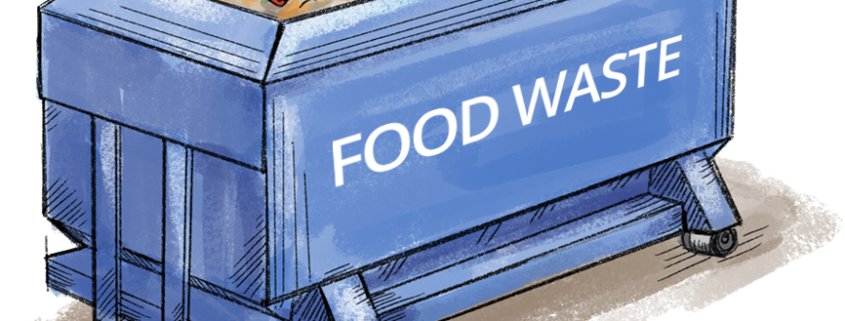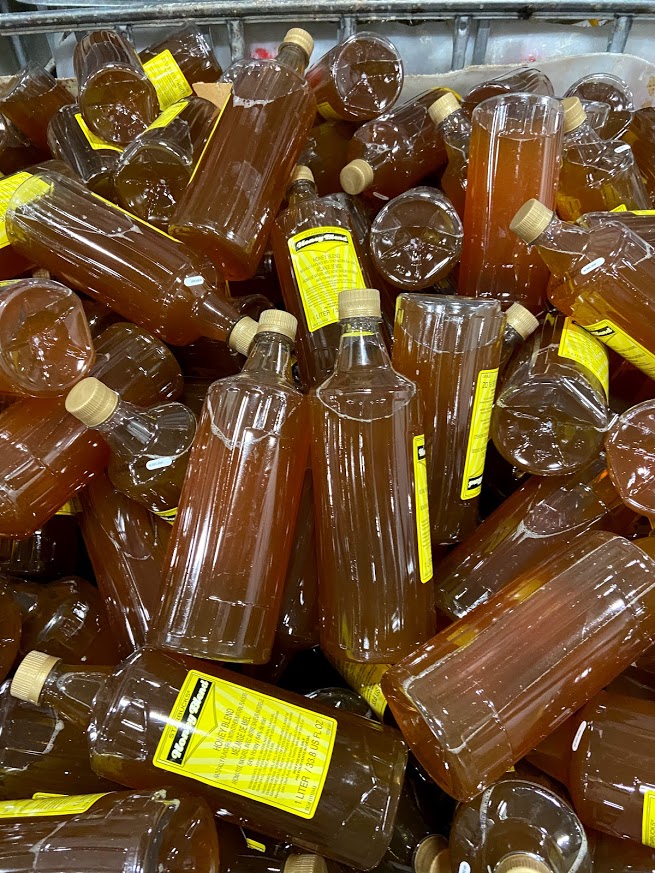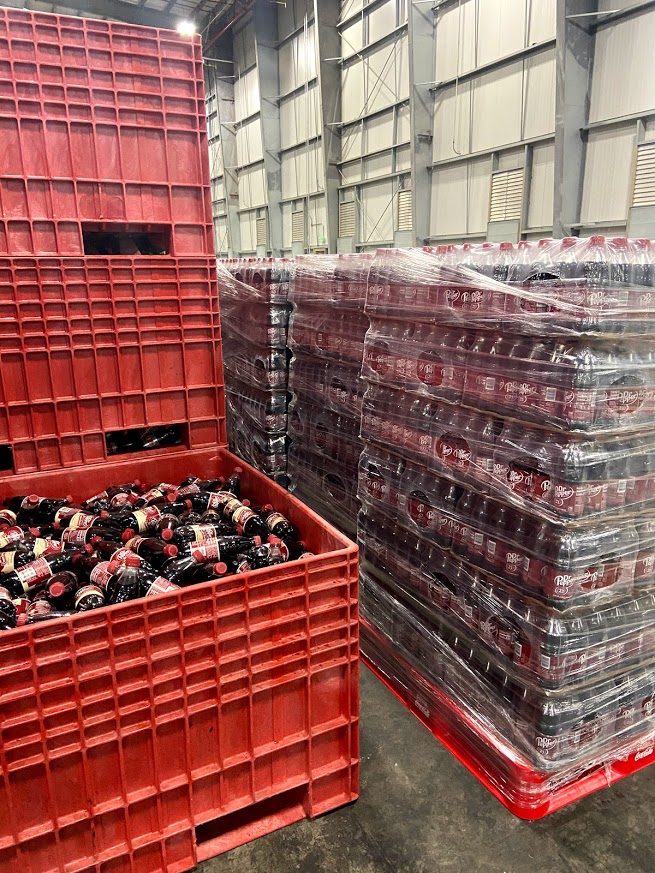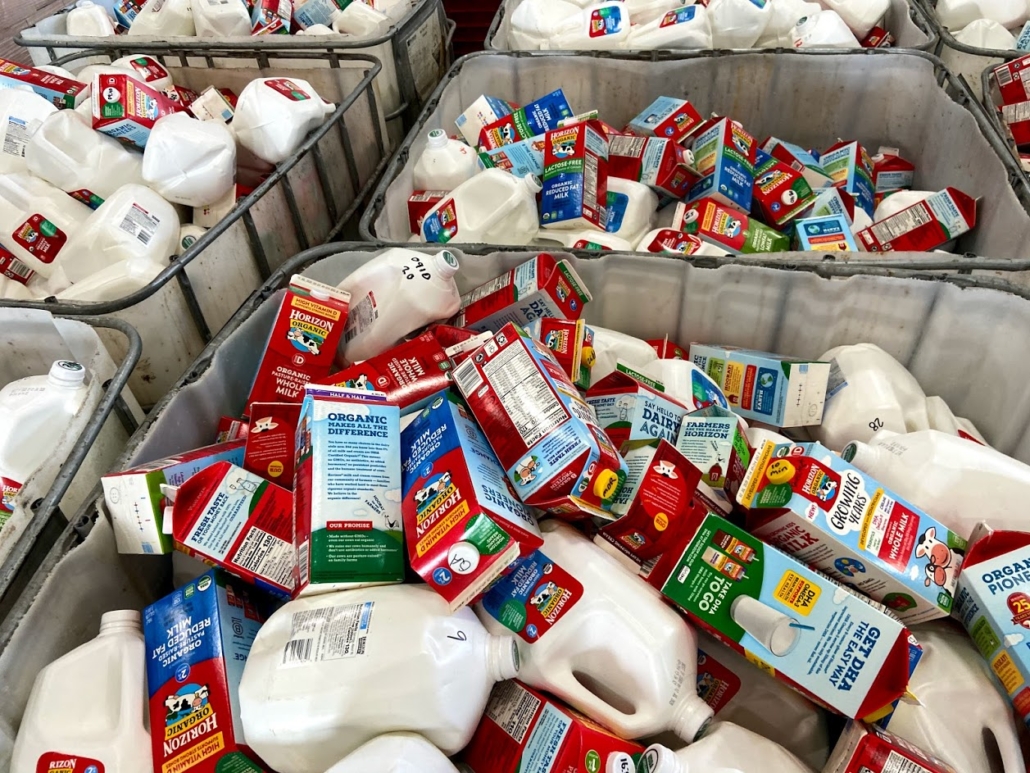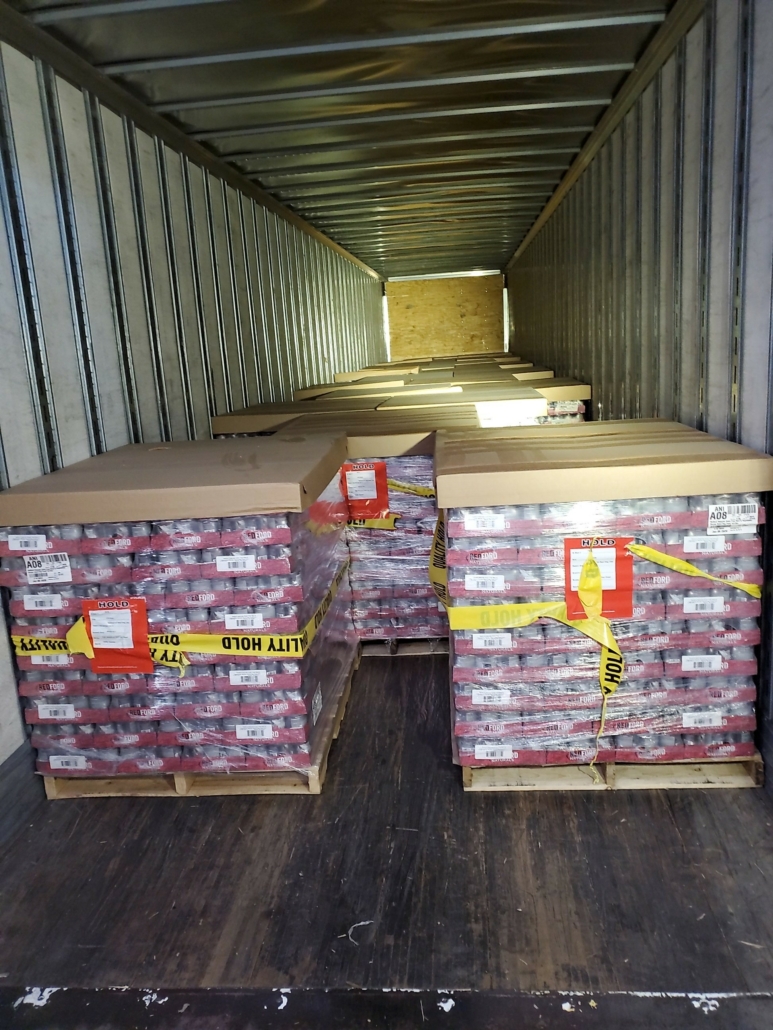What does ‘food waste’ mean, anyway?
When you hear the words ‘food waste’ what do you picture? Veggie scraps? Moldy food? Expired packaged goods? It can be difficult to understand the types of material and the volumes at which we accept them at Wasatch Resource Recovery, so here’s an inside look at some of what comes our way!
Liquid Waste
Most of the product we receive on a daily basis falls into this category. There are a few ways to categorize this kind of waste so let’s break it down.
- Alcohol waste: mash, brewing waste (hops, spent grain), stillage, yeast syrup
- Dairy waste: whey, sludge, daf, waste milk, yogurt
- Sugary waste: syrups, frosting/ice cream production waste, juice
- Other types of liquid waste: meat slurry, used marinade, supplement processing waste
These liquid waste streams come to WRR in large tanker trucks – they use various hoses to hook up to pumps that draw the waste out and into a large holding tank below ground. This waste then goes through a variety of screening processes before it is sent to the digesters.
Fats, Oils and Grease
Another key material we accept at WRR is fats, oils and grease waste, also known as ‘FOG’. This type of waste comes from grease traps or other fat collecting tanks. Just like our stomachs, the digesters love fatty foods, but in moderation. We keep the liquid waste and the FOG waste separate and meter the FOG in slowly, so as not to add too much grease and make the digesters sick. The FOG tank also has to be kept at a higher temperature, so all that fatty material doesn’t solidify.
Packaged Waste
Packaged food and drink is another staple of our digesters’ diet. This type of product is not fed directly into the digesters, but has to go through a variety of de-packaging machines and filtering processes to remove contamination. Anything packaged that comes to WRR goes through our receiving building – we have four docks where trucks deliver product in totes, pallets, gaylords, barrels or other receptacles (creativity is a must in this industry!). This waste stream includes things like, beverages in aluminum cans, glass or plastic bottles, cartons of milk or other dairy products, yogurt containers, bagged potato chips, canned pet food, etc. All of this material is sent to us because it fails to meet a standard set by the production company, also known as ‘off-spec’ product.
Watch this video to see our glass de-packaging machine in action!
SSOW
The final source of waste we receive is ‘source separated organic waste’ or ‘SSOW’, a fancy term for the food waste most of us think of! This waste includes fruit and vegetable scraps, expired products, uneaten food scraped from plates, raw ingredients, etc. Most of this material comes from food distributors, restaurants, food courts, cafeterias, grocery stores, residential homes, and other small to medium sized businesses. These locations work to separate out the food waste at the source, usually utilizing specific bins, rolloffs, or compactors dedicated to mixed food waste.
Check out how much of each waste type we receive each day (on average)
Waste type |
Average tons per day |
Liquid waste |
259 tns |
FOG waste |
71 tns |
Packaged waste |
21 tns |
SSOW |
17 tns |
TOTAL |
368 tns |
This means that over 368 tons of organic waste is diverted from the landfill each day! All of this waste ends up in one of our two anaerobic digesters. Inside, the ‘slurry’ (mix of all waste streams after contaminants have been removed and water has been added to help it flow through our system) spends 3-4 weeks as small microbes break down the organic matter. Without oxygen, this is what creates biogas! This gas is purified into biomethane which is then sent to the grid and off to homes and businesses as renewable natural gas. Once the material passes through the digesters, it goes through ‘dewatering’, which pulls out almost all liquid, leaving a nutrient-rich, carbon-based fertilizer that can be used to grow crops (we call these biosolids).
